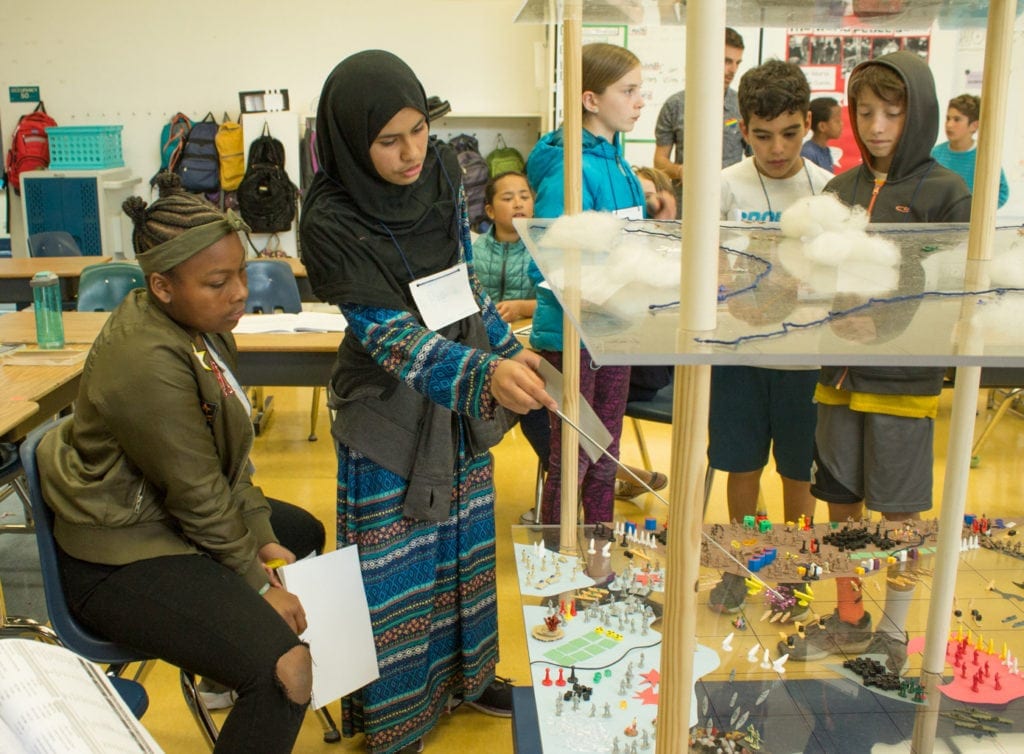 When the problems of the world are overwhelming and hope seems out of reach, what do you do as a teacher, knowing that students will inherit a world rife with complex issues?
When the problems of the world are overwhelming and hope seems out of reach, what do you do as a teacher, knowing that students will inherit a world rife with complex issues?
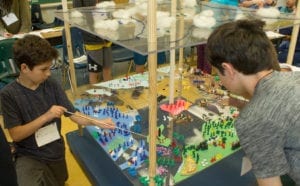 If you’re Bruce Glaseroff, 5th grade teacher at Washington Elementary, you first apologize for the state of the world that adults have created. Then you roll up your sleeves and lead students to play the World Peace Game where they’re in one of four fictional nations and winning means collectively resolving 23 global issues while equalizing all of the nations’ wealth.
If you’re Bruce Glaseroff, 5th grade teacher at Washington Elementary, you first apologize for the state of the world that adults have created. Then you roll up your sleeves and lead students to play the World Peace Game where they’re in one of four fictional nations and winning means collectively resolving 23 global issues while equalizing all of the nations’ wealth.
If the objective of the game sounds daunting, it’s because it is. It was designed that way by an award-winning fourth grade teacher, John Hunter (you can watch his TED talk here), to give students an opportunity to tackle complicated and interconnected global issues head-on within the framework of a game that allows room for collaboration, innovation and creativity. We were excited to support Mr. Glaseroff’s World Peace Game with a Classroom Grant that challenged his students to create solutions to real-world issues.
We were also excited to have the chance to see the game being played right before the school year ended. The global issues that were presented ranged from climate change to warfare, and in addition to nation teams, there was a world bank, arms dealer, and United Nations. The complexity of the game was mirrored in the complexity of its physical set up.
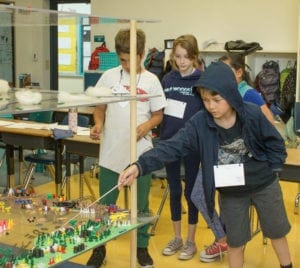 “The world of the game is represented on a 4 layered, 4 foot by 4 foot game board populated with hundreds of figurines. The bottom layer represents undersea, the second layer represents land, the third level represents the airspace above the countries, and the top layer represents outer space. The figurines are set up intentionally to represent 23 interlocking social, economical and military conflicts that the students inherit at the beginning of the game.”
“The world of the game is represented on a 4 layered, 4 foot by 4 foot game board populated with hundreds of figurines. The bottom layer represents undersea, the second layer represents land, the third level represents the airspace above the countries, and the top layer represents outer space. The figurines are set up intentionally to represent 23 interlocking social, economical and military conflicts that the students inherit at the beginning of the game.”
Aside from reviewing political and economic terms, Mr. Glaseroff minimally prepped his students for the game so as to not influence their thinking or strategizing. His role was to be a facilitator, time-keeper and clarifier as needed, and after the conflicts and rules of the world were explained, the experience became mainly student-driven.
Students could do anything they wanted if it met three conditions: they had to be able to pay for it, it had to make sense and they had to be able to deal with consequences (which of course they couldn’t see initially because they only played one step ahead at a time). The result was an explosion of experimentation––from peaceful negotiations to surprise attacks. The students did not always do what was “right” but the game taught them experientially how their actions affected others.
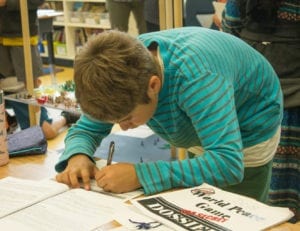 A poignant example is when a nation chose to engage in a battle and their soldiers perished, the students making up the nation wrote a letter to the soldier’s families, offering their condolences and an explanation as to why the battle had to happen. John Hunter explains, “The idea is that children can and must fail. They need to have stakes be that high to be sufficiently emotionally involved so that true learning can take place.”
A poignant example is when a nation chose to engage in a battle and their soldiers perished, the students making up the nation wrote a letter to the soldier’s families, offering their condolences and an explanation as to why the battle had to happen. John Hunter explains, “The idea is that children can and must fail. They need to have stakes be that high to be sufficiently emotionally involved so that true learning can take place.”
The game was unpredictably dynamic and seemingly chaotic until a gradual realization dawned on the students over the 2 months they played the game. Mr. Glaseroff elaborates, “There was a shift where students saw that they all had to be on the same side. They saw that they had a unifying conflict and ultimately they had to work together.” There was no need for Mr. Glaseroff to explicitly teach them to work collaboratively or compassionately when they experienced for themselves that working against each other led them further from the solution. In the end, all 23 global issues had been resolved and all nations shared equal wealth.
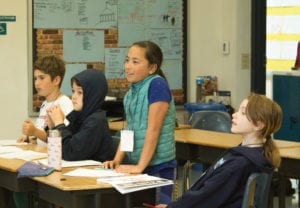 The game taught students about economics and politics and reinforced their literacy and math skills. Mr. Glaseroff added that it had strengthened them as a class and built stronger relationships. Most importantly, Mr. Glaseroff explains, “Through the game, students focused on the concept of peace not as an unreachable dream, but rather an attainable goal to strive for. Students leave feeling emboldened and empowered to actively participate in our global community.”
The game taught students about economics and politics and reinforced their literacy and math skills. Mr. Glaseroff added that it had strengthened them as a class and built stronger relationships. Most importantly, Mr. Glaseroff explains, “Through the game, students focused on the concept of peace not as an unreachable dream, but rather an attainable goal to strive for. Students leave feeling emboldened and empowered to actively participate in our global community.”

